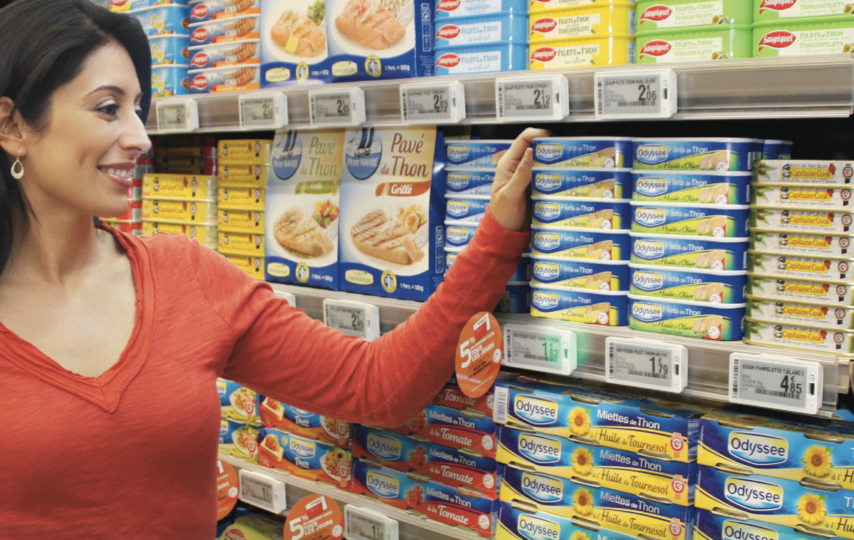As the retail industry continues to evolve, the use of technology has become increasingly important in staying competitive. One of the latest advancements is the introduction of digital price tags, which are replacing traditional paper price tags in stores. This innovative technology offers numerous benefits for B2B businesses, from increased efficiency to improved accuracy and enhanced customer experience.
Benefits of Digital Price Tags in Retail Stores
Digital price tags are electronic displays that show product information and pricing. They are typically used in supermarkets, department stores, and other retail outlets. One of the main advantages of using digital price tags is their ability to update prices in real-time. This eliminates the need for employees to manually change prices, which can be time-consuming and prone to errors. With digital price tags, prices can be updated remotely from a central location, ensuring that all stores have accurate pricing information.
Another advantage of digital price tags is their ability to display more information than traditional paper tags. They can show product descriptions, nutritional information, and even customer reviews. This makes it easier for customers to make informed purchasing decisions and can improve the overall shopping experience.
Digital price tags can also be used to implement dynamic pricing strategies. This means that prices can be adjusted based on factors such as supply and demand, time of day, and competitor pricing. This allows retailers to optimize their pricing strategy and increase profits.
In addition to these benefits, digital price tags are also environmentally friendly. They reduce the amount of paper waste generated by traditional paper tags, which is a major concern for many consumers.
Implementing Digital Price Tags in Retail Stores
Implementing digital price tags in retail stores requires an initial investment in hardware and software. However, the long-term benefits of increased efficiency and improved customer experience make it a worthwhile investment for B2B businesses. The cost of digital price tags has decreased in recent years, making it a more affordable option for retailers of all sizes.
One of the challenges of implementing digital price tags is ensuring that they are compatible with existing systems. Retailers need to ensure that their point-of-sale (POS) systems can communicate with the digital price tags and that they have the necessary infrastructure to support the technology. This may require upgrading existing systems, which can add to the overall cost of implementation.
Another consideration is the need for training employees on how to use the new technology. Digital price tags require a different approach than traditional paper tags, and employees need to be trained on how to update prices and product information using the new system.
Steel Lunch Box for Office: A Nostalgic and Practical Addition
While the focus of this article is on digital price tags, it’s worth mentioning another product that has seen a resurgence in recent years: the steel lunch box for office. This classic lunchtime accessory has been around for over a century, and it’s still a practical and stylish option for those who bring their lunch to work.
Steel lunch boxes are durable and long-lasting, which makes them a great investment for B2B businesses that want to provide their employees with a practical and eco-friendly lunchtime solution. They’re also easy to clean and sanitize, which is particularly important in a post-pandemic world.
In addition to their practical benefits, steel lunch boxes also have a nostalgic appeal. Many people have fond memories of using a steel lunch box as a child, and the design has remained largely unchanged over the years. This makes them a great conversation starter and can help build camaraderie among coworkers.
Conclusion
As the retail industry continues to evolve, B2B businesses must adapt to stay competitive. Digital price tags offer numerous benefits for retailers, including increased efficiency, improved accuracy, and enhanced customer experience. While implementing this technology requires an initial investment, the long-term benefits make it a worthwhile investment for retailers of all sizes.








